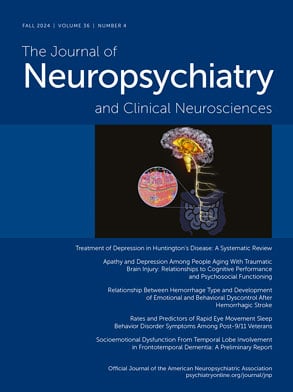Several authors contributed to this book which is organized into four parts and 14 chapters. The contributors include Larry Squire, Joseph LeDoux, Charles Gilbert, and several other distinguished neuroscientists. A chapter on “Neuroscience, choice, and responsibility” fascinates and intrigues the reader regarding what is ahead. The major theme of Part 1 is higher order visual perception which is discussed in three chapters. The first chapter deals with attention as an organ system. The chapter begins with the oft-quoted definition of attention by William James, a medical doctor who dedicated his career to laying the foundation of experimental psychology and neuroscience: “Everyone knows what attention is. It is the taking possession of the mind in clear and vivid form of one out of what seem several simultaneous objects or trains of thought.” Part 1 addresses the development of the attentional network and importance of the visual attention system. It cites the work of Hartman et al., where they demonstrated the impact of reorienting attention to reduce distress in infants as young as 3 months. Orienting the infant to a novel visual stimulus provided by the experimenter produced temporary soothing. As the attentional system develops with age, the upward emotional control gets deemphasized in favor of the downward cognitive controls. The authors cite Panskepp who stated that the facial analysis of emotions in real life can be a troublesome business given that the top down cognitive control can enable one to put on false faces. This may have a serious implication for the time-honored “mental status examination” that heavily relies on observation of affect.
Part 2 is dedicated to language. Four chapters cover such topics as why language is unique to humans and “varieties of silence.” The “silence” chapter is covered by none other than John Hodges, the leading authority on semantic dementia. Part 3 is dedicated to memory systems. The pioneering scientist on the relationship of stress and the hippocampus, Larry Squire, gives an overview of the memory systems. The chapter also covers the crucial roles of hippocampal NMDA receptors in acquisition and recall of associative memory. Part 4 is the final part of the book and covers sensory processes in two chapters. Intriguing and fascinating topics such as synaptic mechanisms underlying song learning are covered.
The book addresses intriguing and fascinating topics and is written by leading authorities in the field. The depth and breadth of the material covered in this 400 page book are impressive. Basic scientists may find this to be a more reader-friendly material than busy clinical neuroscientists. Though it may not necessarily be “easy” reading for a busy clinician, it can nevertheless serve as an excellent reference for neurologists, neuropsychiatrists, and neuropsychologists.

